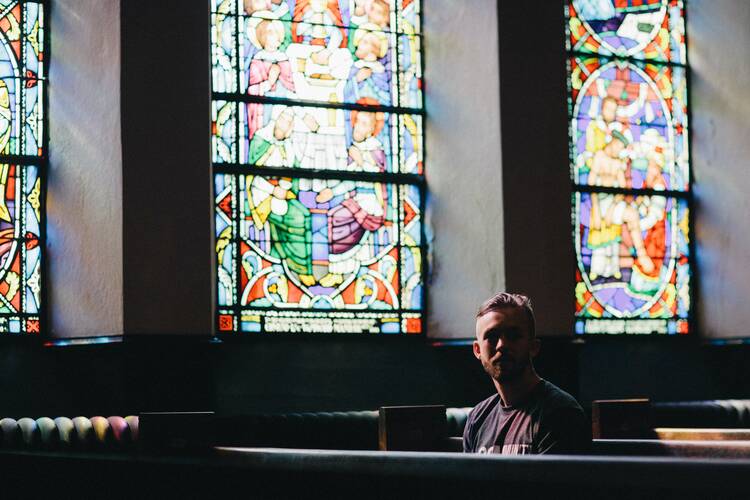A Reflection for Tuesday of Fifth Week of Easter
You can find today’s readings here.
Jesus said to his disciples: "Peace I leave with you; my peace I give to you. Not as the world gives do I give it to you. Do not let your hearts be troubled or afraid.” (Jn 14:27)
It’s always nice to read and reflect on the original Scripture passages that we regularly hear at Mass. It’s a good reminder that our liturgies, particularly the ordinary form of the Mass that we celebrate on Sundays, are deeply rooted in Scripture.
Following the Lord’s prayer (which is found in Luke 11), the priest quotes today’s Scripture from John’s Gospel: “Lord Jesus Christ, you said to your apostles; I leave you peace, my peace I give to you. Look not on our sins, but on the faith of your Church, and grant us the peace and unity of your kingdom where you live forever and ever.”
The sign of peace at Mass is usually a happy and communal moment. But the offering of peace is also an acknowledgment of anxiety and fear.
Then, looking up to the congregation, he declares, “The peace of the Lord be with you always!” (This is also a Scripture reference, Jn 20:19) And the congregation responds, “And with your spirit!”
We all know the drill: Look at the people sitting around you, smile, wave and say “peace!” As a kid I remember joking about how often the word ‘peace’ is thrown around in this part of the Mass. But if we read the entirety of what scholars call John’s “farewell discourse” (chapters 14-17), we’ll see that the church is only saying what Jesus said.
It’s just after the Last Supper and Jesus knows what’s going to happen next. He knows he’s got little time, but there’s so much left to say. Surely there was anxiety and fear in that room at that moment. Jesus names it: “Do not let your hearts be troubled or afraid.” There are many important statements in his farewell discourse; all of them help to console his friends and his future disciples.
The sign of peace at Mass is usually a happy and communal moment. We’re cognizant of the fact that we’re all in this together. But the offering of peace is also an acknowledgment of anxiety and fear. We all suffer from it. We all need and want peace. Jesus will offer it in the Eucharist, but the church’s liturgy purposefully gives us an opportunity to offer peace to each other. Because a big part of receiving Jesus’ peace is being able to offer peace to others. This he commands us: “love one another” (Jn 15:17).








